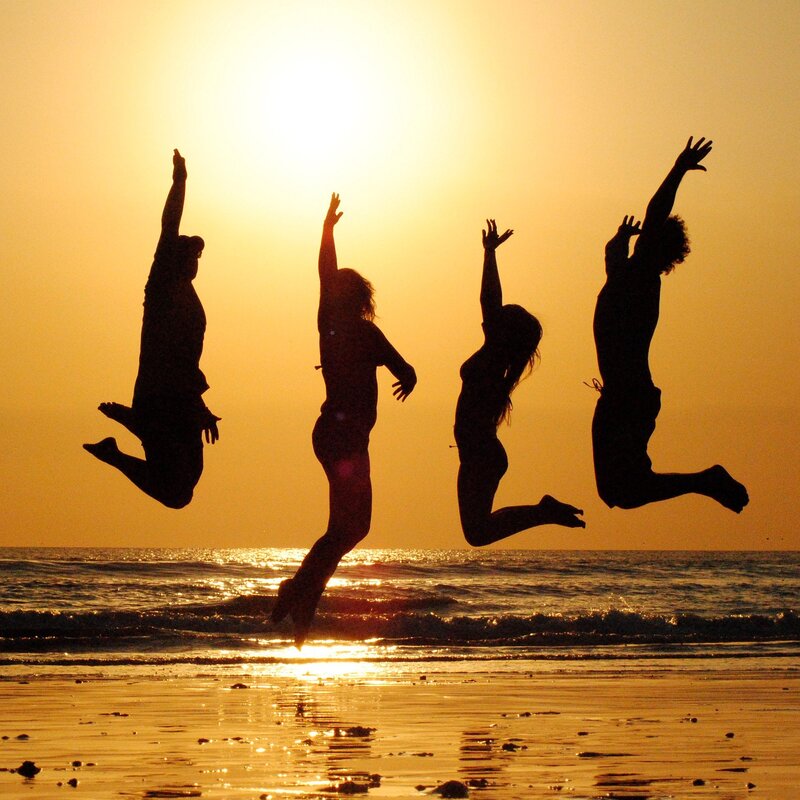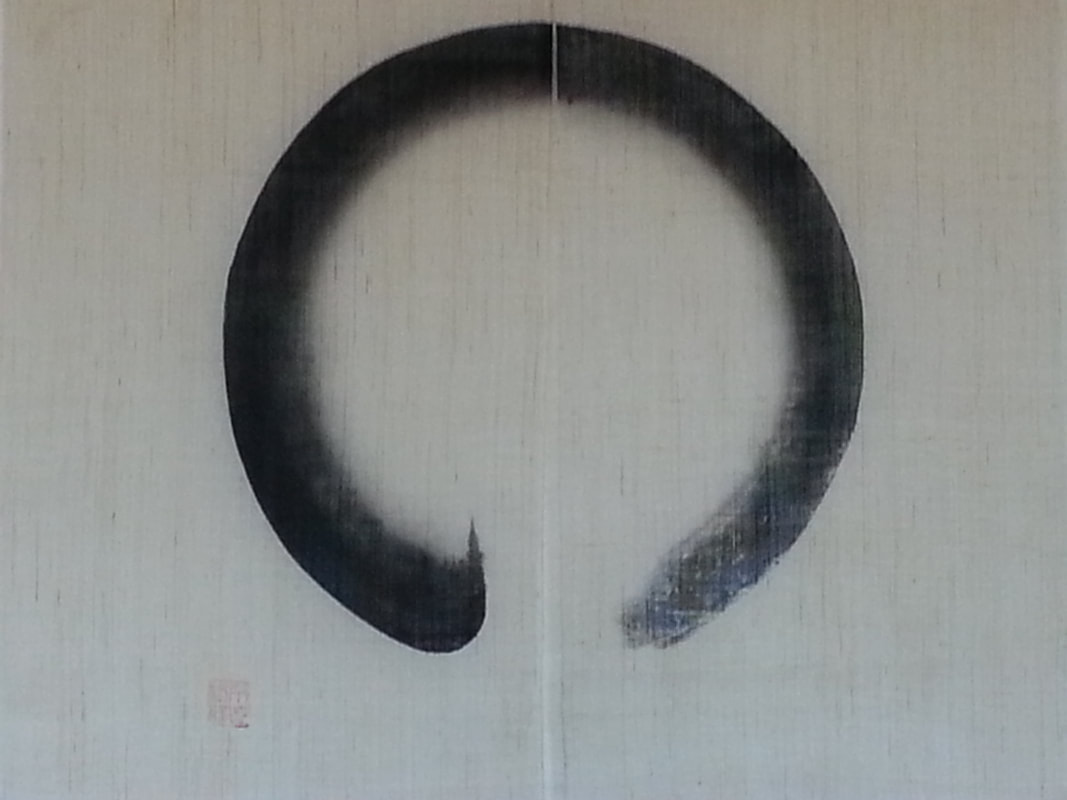There is a theory in Chinese Medicine that the Qi flow in Meridians/ Channels are already in existence when we are born into the world as babies. However, only through nourishment - by way of (mother's) milk and care, life experience and movement, do these Channels get stronger as well as more distinct. As I have explained in a previous post, only when these conditions are fulfilled and with the time through childhood, can these Qi 'Rivers' fill up and the access points develop. Thus, the Acupuncture-Points also come to maturity sometime around puberty, if all the criteria of nourishment are fulfilled.
With this in mind, we realize that Movement is a key ingredient in the growth and development of a human being. In childhood, we get to know the world and our bodies through Movement. The child touches its face and realizes for the first time that it has a face, when it feels it in its hand and the corresponding sense of its hand on its face. It swings its arms, kicks its legs and finds its center, to finally turn sideways; this is when it finds its true potential of its mobility. Then the process begins, to crawling, standing and walking; all this in the span of about 8 to 18 months. Children need to move with their bodies and in the environment throughout their childhood in order to develop muscles, fasciae, organs, bones, experience and understanding of self within space. When I say, "understanding," I am referring not just to the intellectual but also to the physical, emotional, spatial and energetic understanding. Due to fact that our mainstream "conventional" world very seldom speaks of energetics or the existence of an energetic world, many of us are energetic "toddlers." We may sense something of an energy as children, but we are seldom given impulses or feedback or much less schooling to develop ourselves from this perspective.
Many of us experience Movement through our childhood in the form of sport, especially for males, as our society frequently views Movement forms, such as dance often times ballet, mostly for females. Thus, Movement has become gender-defined. Look at our mainstream school system in Switzerland, the only Movement subject on the schedule is "sport." In many sports, one is often not focused on developing the internal environment of the being but more so learning the rules of the game, sport-specific skills such as eye-limb-ball coordination, maybe tactical strategy or team cohesion, most prominently competition and winning. Any other forms of Movement outside of the "sanctioned" sports are considered odd. Yoga or I must mention Yoga Asanas - the posture practice of Yoga, since Yoga encompasses far more than physical practice, has become more conventional but again more dominant in the female population. Some Yoga Asanas resemble acrobatics, which is also considered a sport; therefore, something that looks like sport is more acceptable to our society. I hear of so many "traumatized" by school sports; many at a young and tender age were forced to participate in Movement based on competition, failed to meet this standard and were scarred from being branded "uncoordinated" or even "failures". If we as a society concentrate on Movement for competition, then what we will reap is a small number of winners, since there is often only 1 winner in most sport forms, and a large population of casualties, broken from the battle. They, or we, are left to pick up the pieces of their broken beings. How can this be sustainable or even logical for the wellbeing of our society?
What drew me, and still draws me, to Tai Ji Quan, Qi Gong and Yoga is the internal focus to Movement; the internal environment of my being and the work I put into developing it can be manifested as/ in external Movements of my body. This is not to say that there are no Tai Ji Quan, Qi Gong or Yoga practitioners who are externally-focused; some are, that is where they place their intention and therefore they stay on the exterior. For me, it is about what is inside us that matters and not how good it looks in front of a mirror or on some social media platform. If the focus is only on the outside or in competition with others, then we become nothing more than a vacant shell, hollow and empty on the inside but having shiny adornments to cover up the emptiness inside. I was lucky, I found joy in Movement, even if just physical and external, early on in life. Then, even the distress of injury later could not extinguish my desire to find Movement. In fact, when my external body could not manifest Movement, I found internal Movement. For this I am grateful to my bodymind. This is what I am trying to share with others, the joy of connection to our own bodies, external and internal, the joy of Moving. Because Movement is life, so let's live!
Photo by Amanda Napitu on Pixabay



 RSS Feed
RSS Feed